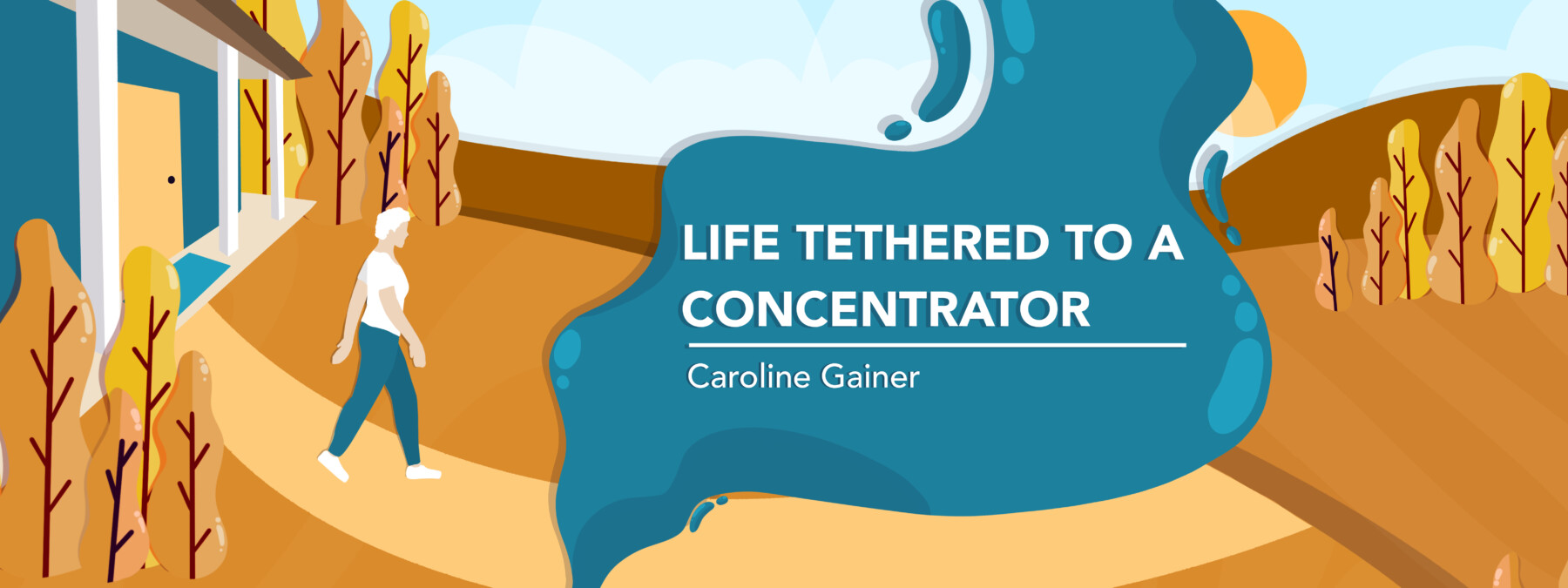Understanding and addressing what causes our fatigue
One of the most common symptoms of COPD, it comes in different forms

Now that I have treatment for my depression and inability to sleep, I look a little differently than I used to at the occasions when I feel fatigued. I think it’s important for those of us with chronic obstructive pulmonary disease (COPD) to understand what type of fatigue we have and search for the appropriate therapies or treatments.
Some types of fatigue are more easily treated than others, such as muscle fatigue, which can be helped by stretching and rest. Another type of fatigue, which can also be considered physical, is caused by lack of sleep. One remedy for it is rest — or as I found, a sleep aid.
Low oxygen levels can also lead to physical fatigue, because oxygen is necessary for our bodies to produce energy. Adding supplemental oxygen to maintain oxygen saturation levels in the blood between 95% and 100% can help. Otherwise, we’re working much harder than the average person just to breathe.
Different forms, different treatments
A few years ago, though, I was diagnosed with emotional fatigue. Emotional exhaustion or fatigue is caused by a stream of grief, stress, or uncertainty that causes us to be worn out and drained.
Depression can be a major contributing factor to this sort of fatigue. It can disrupt our sleep, a problem I noted above. We may be unable to fall asleep, or we may fall asleep but wake up and be unable to go back to sleep. And if we oversleep as a consequence, that too can lead to fatigue over time. Depression also can interrupt healthy eating and exercise routines, which can add to feelings of fatigue.
Consulting with a mental health specialist is important for this sort of fatigue, to help us find a treatment regimen or take up talk therapy. We can also consciously monitor our thoughts and insert positive ones when we’re seeing too much of the negative. Practicing mindfulness can also be beneficial, along with slow, deep breathing.
Fatigue is a common symptom of COPD, although it remains underdiagnosed and undertreated, according to the American Lung Association. What’s worse is that fatigue can lead to a significant downturn in our overall health.
To fight it, we can eat well, get plenty of rest, exercise, maintain a positive mental attitude, and stay hydrated. But it helps to know what kind of fatigue we’re facing, as well.
Note: COPD News Today is strictly a news and information website about the disease. It does not provide medical advice, diagnosis, or treatment. This content is not intended to be a substitute for professional medical advice, diagnosis, or treatment. Always seek the advice of your physician or other qualified health provider with any questions you may have regarding a medical condition. Never disregard professional medical advice or delay in seeking it because of something you have read on this website. The opinions expressed in this column are not those of COPD News Today or its parent company, Bionews, and are intended to spark discussion about issues pertaining to chronic obstructive pulmonary disease.






Sally Lawler wiedmont
Thank you
Diane Cooper
Knowing I’m in the final stages of emphysema, my fatigue has accelerated over the past 10 months. I can sit unsupported for an hour or a bit more, then leaning into my pillows for about the same amount of time, then need to lie down for a couple hours - rinse repeat. With the help of prescription sleep aids, I can sometimes manage 5-6 uninterrupted sleep at night. Unfortunately, I wake up just as fatigued as I did last night. I’m on continuous o2 at 3 liters that keep my levels at 94-97. It is not enough when I get up to use the bathroom. 12 steps to and 12 steps back and I’m done. o2 drops to 78-82 and pulse up to 140-150. I truly believe that my fatigue is due in part to the extreme emotional distress of living like this day after day.